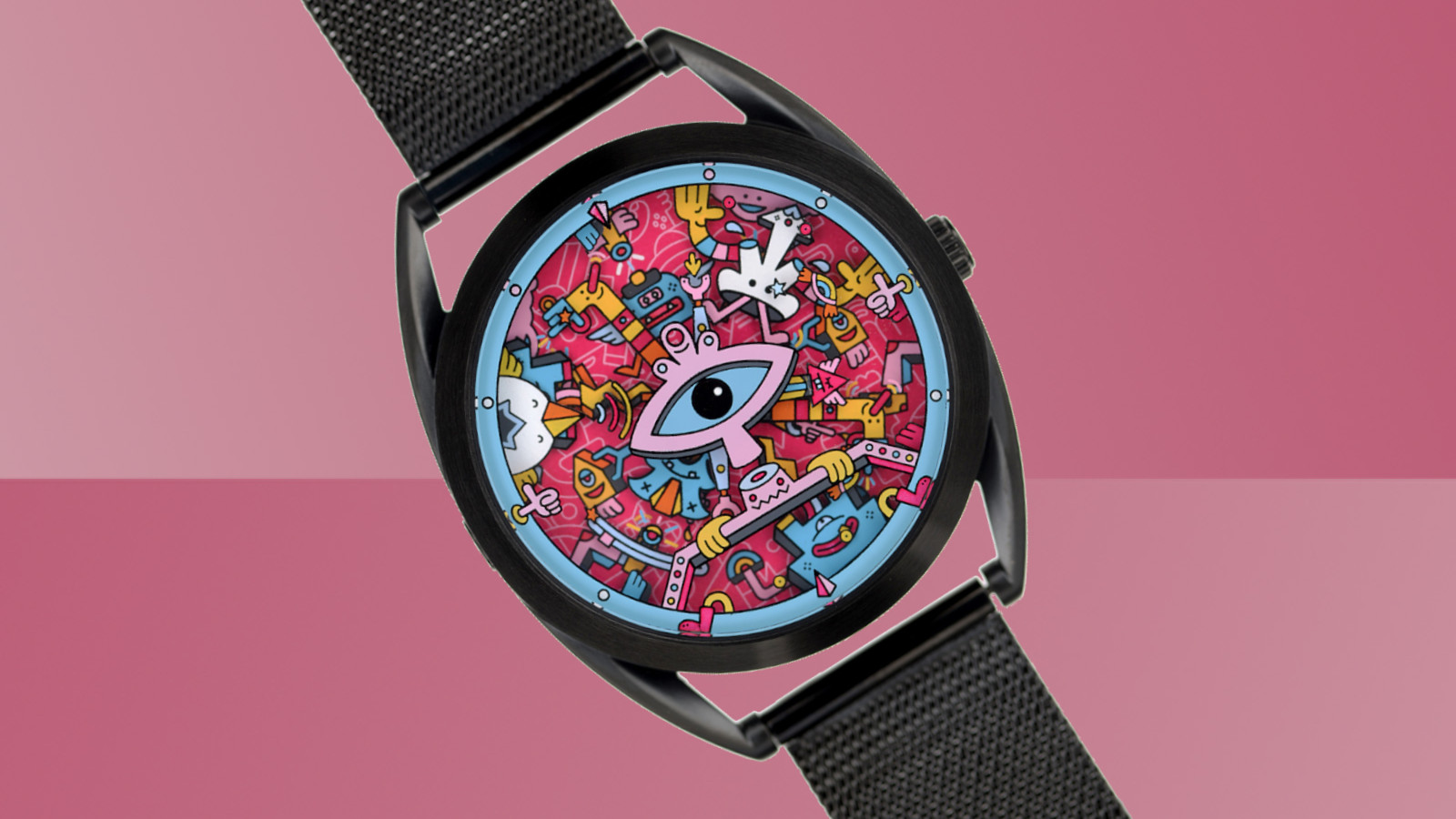What is a quartz watch and how do they work?
They might not be mechanical marvels, but they’re cheap, reliable and highly accurate.


We spend a lot of time at T3 drooling over the beautiful complexity of automatic mechanical watches. But that doesn’t mean the humble quartz should be forgotten about.
Quartz watches are far cheaper than their more complex cousins, for a start, and they’re more accurate and reliable too. Luxury brands aren’t afraid to use quartz movements, especially on smaller watches that would struggle to house a complex mechanical movement. Meanwhile, companies like Mr Jones Watches show how a lot of fun can be had with the design of a quartz watch.
So what is a quartz watch? And how do they work? Here's everything you need to know.
How does a quartz watch work?
Unlike mechanical watches, which are essentially powered by the movement of your wrist, via a wound spring and a system of gears, quartz watches use a battery or solar cell. Power is delivered from the battery to a circuit board, and then to a quartz oscillator, which regulates the time. It then travels back to the circuit, and onwards to the rest of the watch’s movement, including the hands, discs, or whatever hardware the watch uses to display the time.
Quartz is a material that both produces and reacts to electricity. When subjected to pressure, quartz produces a small amount of electricity. And, when subjected to electricity, quartz vibrates. This vibration is what regulates a watch movement – in other words, it ensures the battery and movement keep precise time.

How precise? The magic figure for a quartz movement is 32,768. That’s the number of times a quartz vibrates, per second, when subjected to electricity. It’s also known as 32.768KHz, or kilohertz. An electrical pulse is passed from the quartz to the watch’s oscillator on the last of those vibrations, and it’s that pulse which is converted by a stepping motor from electricity to mechanical power. Finally, that power is used to move the watch’s movement forward by one second.
How long does a quartz watch's battery last?
Generally speaking, the battery of a quartz watch can last for around two years before it needs replacing. Some manage a little less, while others can keep accurate time for much longer. Replacing the battery is usually a quick and cheap process, and quartz watches require none of the wallet-draining servicing recommended every few years for mechanical watches.
Get all the latest news, reviews, deals and buying guides on gorgeous tech, home and active products from the T3 experts
Since a quartz watch can keep highly accurate time with just a battery and the quartz itself, such watches are much cheaper than their mechanical siblings. Quartz watches arrived in 1969 and shot to fame in the 1970s during what is now referred to as the quartz crisis.
At least that’s what it was called in Switzerland, where low-cost quartz watches produced in America, Japan and elsewhere threatened to destroy the centuries-old Swiss industry. During what other countries called the quartz revolution, cut-price quartz watches contributed to the closure of 1,000 of Switzerland’s 1,600 domestic watchmakers between 1970 and 1983. Employment in the sector fell from 90,000 to under 30,000.
Switzerland fought back with the formation of a collective that later became The Swatch Group. Swatch fully embraced the simplicity of quartz movements, fitting them to watches with plastic cases and selling them as a fun, attainable fashion statement – much as it still does today.

What can I expect from today's quartz watches?
Mechanical Swiss watchmaking recovered through the years and decades that followed, with many of the grand old names entirely resisting the urge to use quartz movements. That said, today you can pick up quartz watches from luxury brands like Longines, Tissot, Chanel, Breitling, TAG Heuer and Cartier, among others.
Although these watches can’t match a mechanical timepiece for engineering complexity, they are certainly more accurate and require a battery change every year or so, instead of being wound up every few days.
For those who demand constant accuracy, or who want their watches to keep time when not worn for extended periods – or simply prefer watches with tiny cases – the quartz movement still has the upper hand.
Alistair is a freelance automotive and technology journalist. He has bylines on esteemed sites such as the BBC, Forbes, TechRadar, and of best of all, T3, where he covers topics ranging from classic cars and men's lifestyle, to smart home technology, phones, electric cars, autonomy, Swiss watches, and much more besides. He is an experienced journalist, writing news, features, interviews and product reviews. If that didn't make him busy enough, he is also the co-host of the AutoChat podcast.
You must confirm your public display name before commenting
Please logout and then login again, you will then be prompted to enter your display name.
